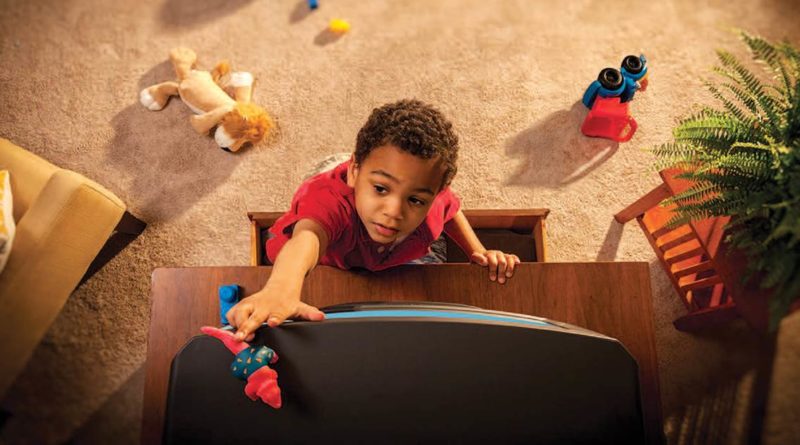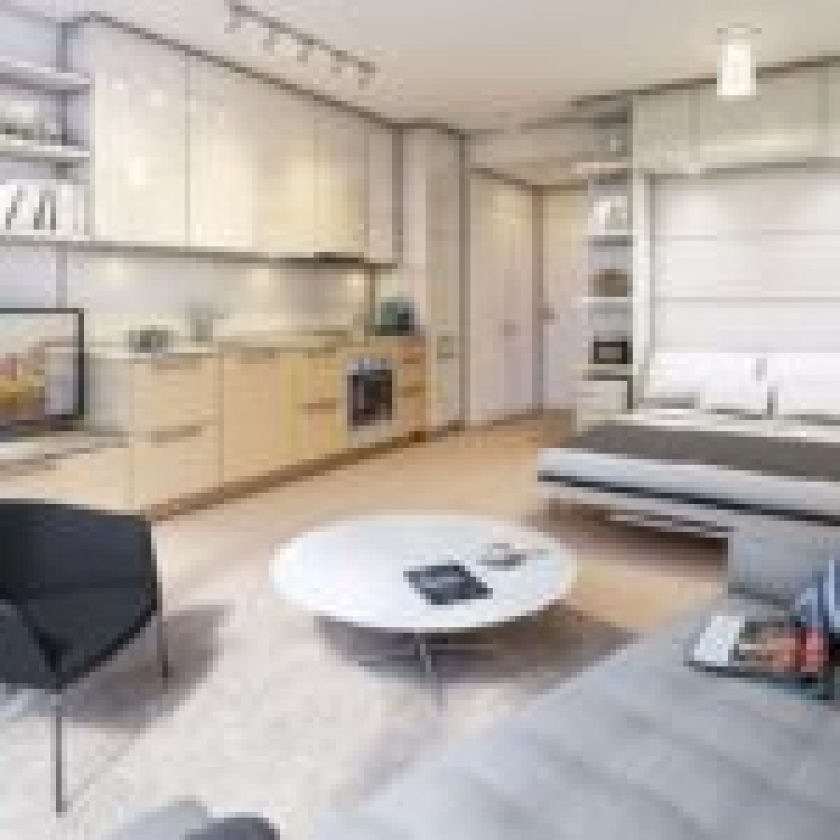As babies continue to grow, it is important to keep an eye on them especially as they begin to explore and discover things around the house. Furniture will be one of the first things they inevitably come across, and without taking the proper precautions, they could potentially hurt themselves on this furniture as they move around the house. So how can you protect your baby from furniture? What are some of these precautions you can take to make sure your little one stays safe as she moves around the house? Read on to find out. Safety testing your furniture The average house is occupied by a variety of furniture pieces, including bookshelves, desks, beds, couches, coffee tables, and more.
These all sound like harmless everyday household items, but to a small child, they could mean nasty cuts, falls, scrapes, and bumps. To gauge just how safe your house is, you might want to consider putting all the furniture that you own to the test.
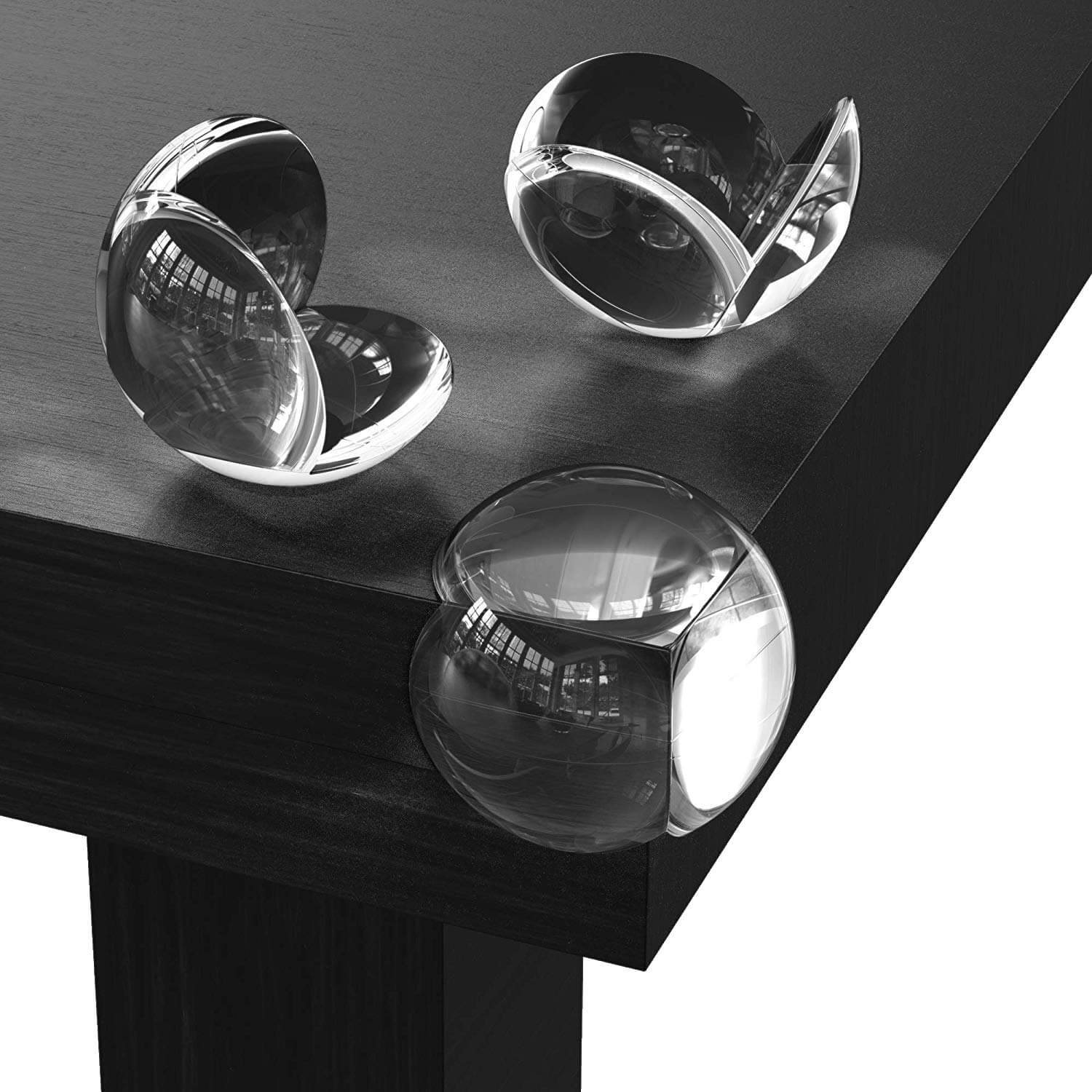
source: amazon.com
Here is how you can do that:
1. Change your perspective As you test out your furniture, it is important to keep in mind that the perspective of your child is completely different from yours. From up high, your surroundings may seem less hazardous than they are on the same level as your baby. To have a better idea of how to keep your child safe, consider getting down on all fours and examining your furniture from their perspective.
This will allow you to take note of pieces that may appeal to curious fingers or that could easily catch on your baby’s clothing as they walk or crawl past it. If you have to, crawl around your furniture pieces. You might just come across a key detail that may have been easily missed while standing.
2. Feel for corners and edges If you have ever hit your knee or foot against the corner of a heavy wooden TV stand or accidentally swiped your shoulder on the side of a bookshelf, then you have some idea of how painful it can be. Imagine how much more painful this will be for your child.
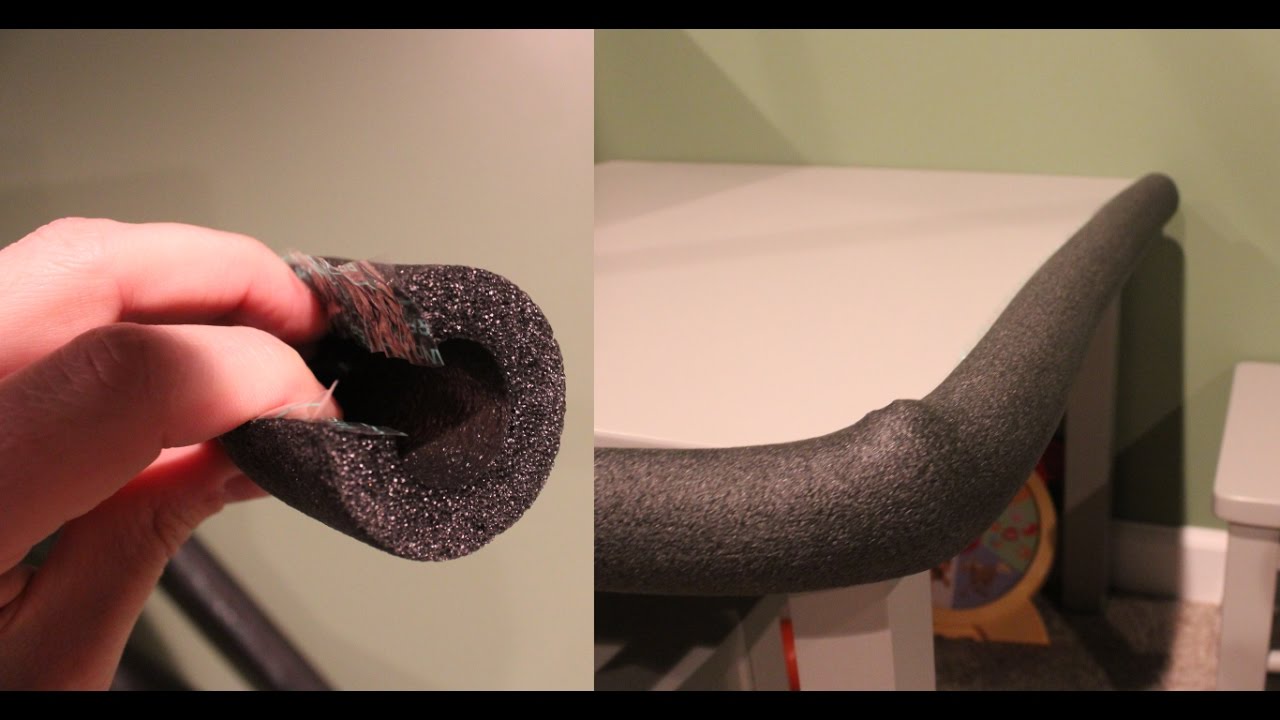
source: youtube.com
To test for sharp corners and edges, consider running your hand over every corner and edge, then dealing with all the points that may be hazardous. As your baby learns to walk, crawl, or stand, it is inevitable for them to fall and tumble a lot, so you will want to be aware of these potential bumping danger zones.
3. Test your furniture for stability Toddlers may not be very strong, but they can cause quite a lot of trouble. As they learn how to crawl or begin to walk, they tend to tug on any items that they can reach and use that for support.
Sometimes, some of the pieces of furniture you have will not be able to withstand the body weight of your child. The result of such a scenario is a potentially nasty accident. Therefore, just to be sure, try shaking the furniture gently and see how well it holds. Use as much strength as you believe your baby is capable of.
Babyproofing your furniture
Once you have narrowed down to all the furniture that may pose a risk to your little one, the next step is baby proofing. Baby proofing takes a lot of dedication, but it does not have to cost you thousands of dollars or take up too much of your time.
By noting all the problem areas and solving the issues creatively, you can keep your home safe without spending too much money or completely altering the aesthetic of your home. So how can you go about it?
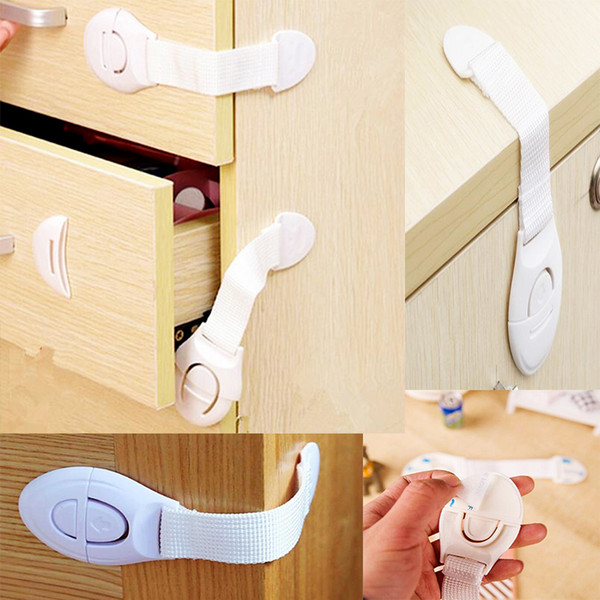
source: dhresource.com
1. Soften the edges Soften those edges that you discovered by placing corner protectors on particularly sharp areas of your furniture. These can be found in your local baby care shop or big box store. Corner protectors come in a variety of colors and styles, and they should be easy to apply during the exploration phase of your child and removed when they get older.
Some of these protectors even come in fun cartoon or animal shapes, which are a great option if you don’t mind compromising your design style to make babyproofing a bit more fun for your kids. Apart from edge protectors, you can also use edge guards, hollow pool noodles, and plumbing foam pipe to soften up your spaces.
2. Get rid of unstable furniture Some pieces of furniture are simple too unstable to be left in plain sight of a baby. For example, if you have a coffee table that is too old to remain steady or a floor lamp that can be easily toppled over, those are definite no-noes. In such cases, you might want to consider simply storing them out of reach.
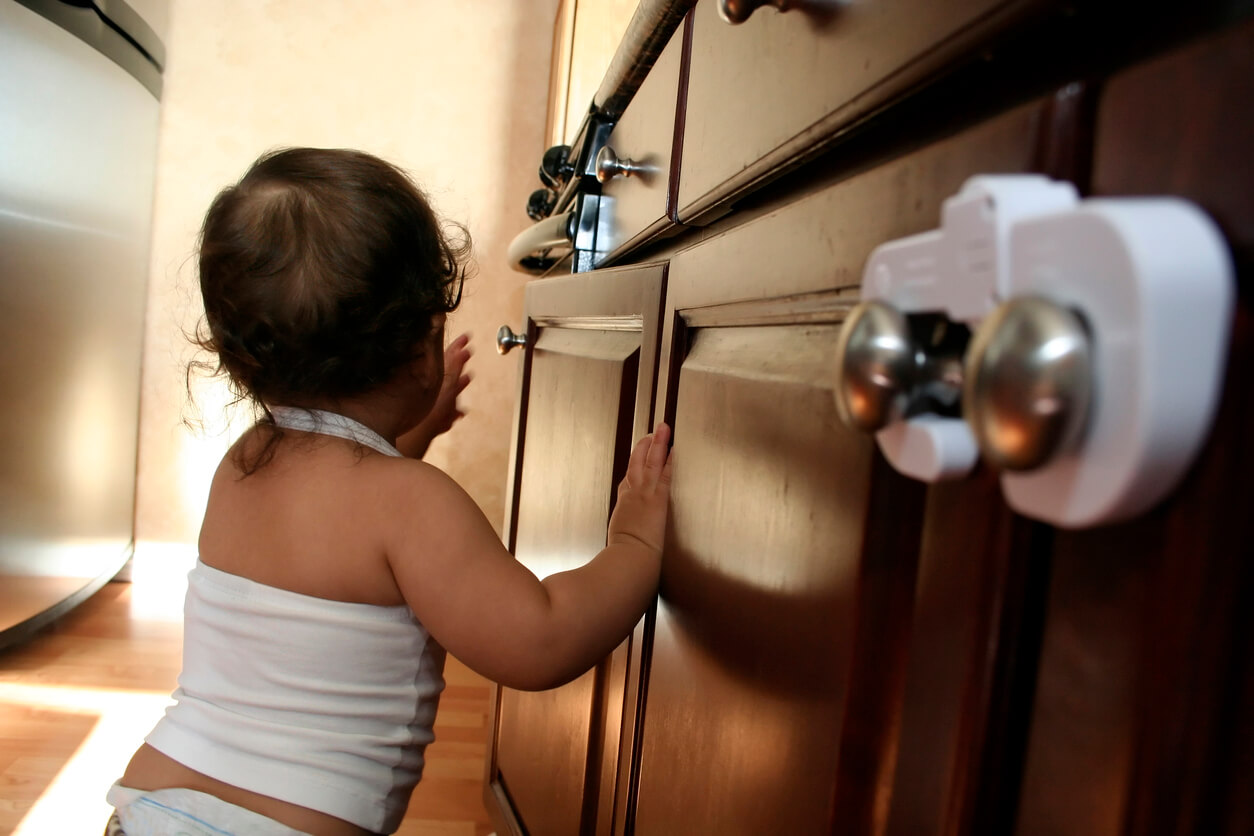
source: goodstart.org.au
3. Look for safer alternatives If you have the means, replacing some of your furniture that may pose a danger to your baby is a great option. For example, consider switching a coffee table that has sharp edges for a soft plush ottoman.
There are ottoman designs that offer extra storage, plus you can prop up your feet on them as you relax and unwind. Similarly, you can switch your troublesome floor lamp for the safer table lamp, which will also ensure that your little one’s path is a bit clearer.
You may also like to know about Find 20+ Best Dress Up Clothes for Toddlers
4. Arrange your furniture strategically How you arrange your furniture can have an impact on how safe your baby will be within your home. Try using couches, bean bags, and other similar barriers to section off an area that your little one can enjoy while being safe from danger zones.
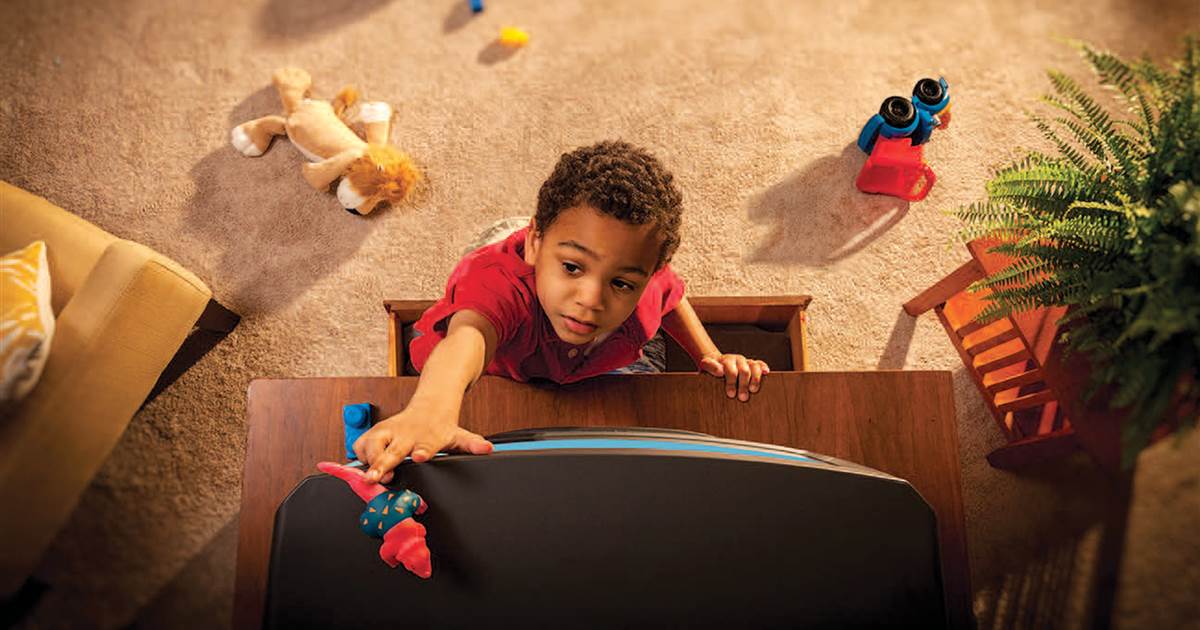
source: today.com
5. Secure some of your furniture to a wall Babies tend to pull or climb on furniture, which increases the risk of the furniture falling over and hurting them. If you plan on buying new furniture, consider going for pieces that feature kits that you can use to secure them to a wall.
Alternatively, you can buy these kits at your local hardware store or look for furniture straps that will allow you to secure your bookcases and end tables to the wall. The best part is that these straps are usually effortless to apply, and high-quality varieties are reliable and very durable.
6. Keep drawers closed If you have any furniture in your home that features drawers, ensure that they are always closed. Use locks or straps that will prevent your child from being able to pull out the drawers. Consider installing magnetic locks that you can easily disable when you need to access the drawer but won’t allow your baby to get it open or get their fingers caught.
Final Thoughts Babies are quite helpless. Even as they gain some form of independence when they start crawling and walking around, parents still need to be extremely vigilant when it comes to keeping them safe around the house. Seemingly harmless furniture can result in serious injuries. Thankfully, you can take preventative measures by baby proofing them for added safety for more baby safety tips click here.
Visit for more ideas and tips LiveEnahanced.

